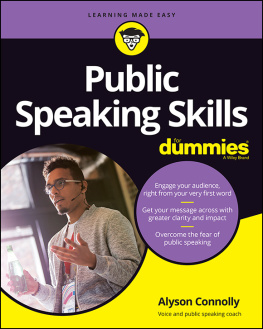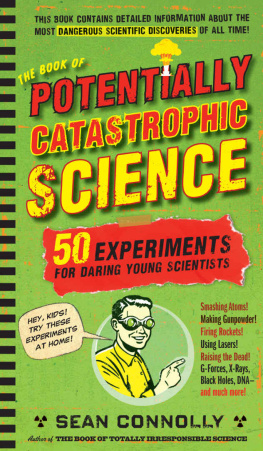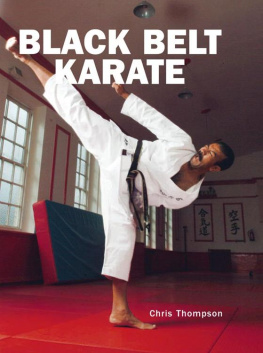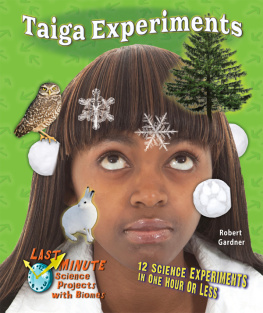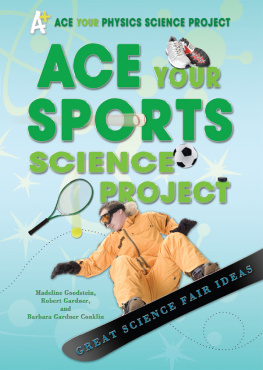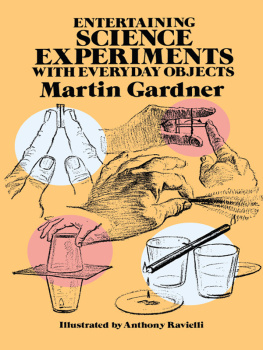

THE BOOK OF
WILDLY SPECTACULAR
SPORTS
SCIENCE

SEAN CONNOLLY

Workman Publishing New York
To my familyand to all the scientists who were good sports along the way.
This book has been a labor of love from start to finish, but like most sportingand scientificachievements, it has been a team effort. My family provided support and confidence all through this process, often acting as playing partners, backstops, coaches, and teammates as the need arose.
I turn to New York City now to thank those who helped turn interesting ideas into these printed pages, in particular my agent, Jim Levine of the Levine Greenberg Rostan Literary Agency. Likewise I was fortunate to team up with Workman Publishings two Daniels: Daniel Nayeri, Director of Childrens Publishing, for his inspired vision about the project from the very beginning, and editor Danny Cooper for his diligent and enthusiastic editing, patience, and practical suggestions. Designer Galen Smith and production editor Beth Levy were wonderfully creative and hardworking as well.
In addition, the following individuals and organizations have provided inspiration or assistance, and sometimes both: Berkshire Film & Video, Frank Ciccotti, Gregory Etter, Gary Hoffman, Kingswood School, Dr. Peter Lydon, M.I.T.s Educational Studies Program, Robert Rauch, Peter Rielly, Jennifer Spohn, and Elizabeth Stell.
Contents
Introduction
Did you get tickets for Saturdays big game?
No, whos playing?
Nuclear physicists versus chemists, duh!
That exchange probably sounds a bit ridiculous. Come onphysicists against chemists?! What are they going to do, race to tidy up a lab or stack a bunch of test tubes? But if you think it over, youll find that even if scientists arent competing directly in sports, most athletes are demonstrating science every day. And so are you, each time you wind up to pitch, skate the length of the rink, or take a turn on the trampoline.
A Long Tradition
Whether its a gravity-defying slam dunk or a gymnasts landing that nails it, athletes are using science all the time. Nowadays, many teams and individual athletes hire sports scientists to boost their performance, improve their diet, or just help them stay in shapebut the science has always been there.
Trial and errora basic scientific methodhelped ancient Greek discus throwers in the first Olympic Games nearly 3,000 years ago. Runners from that same era would soon have learned when to sprint and when to pace themselves, even if they didnt know about the chemistry of energy production.
Its only natural that this basic sense of curiositycoupled with an equally natural desire to winwould draw technology (where science meets engineering) into the world of sport. Why give tennis balls a furry surface? How does one type of putter help you master the two-putt out on the green? Would a racing car go faster if it had wings?
The Sports...
The Book of Wildly Spectacular Sports Science gives you the chance to learnor learn even moreabout dozens of sports. And the world of sports really is wide and wild. Think of the nerves youd need to launch yourself off a ski jump or hang ten on a monster wave. What about the superhero strength youd require to chop wooden blocks with your bare hands, or the magical powers necessary to give a baseball a mind of its own as it dances the 60 feet, 6 inches to home plate?
But theres more to sports than being superhuman or wizardlike. What about the sports and physical activities you can do day in and day out? How about trying to get the hang of slacklining? Or learn how to make a soccer ball stop dead and drop to your feet so you can shoot or score? Or maybe try to figure out how some gears on your bike let you climb the steepest hill?
... And the Science Behind Them...
Of course, it's science that provides the key to understanding most sports, from the familiar everyday variety to the ones that make you think, Are they out of their minds trying to do that?! In the following pages youll find that theres a scientific explanation for each flip, jump, turn, and Hail Mary pass. Its great to see how classroom terms like momentum, center of mass, Newtons laws of motion, and friction have starring roles in the world of sports.
Plus, youll come across a few terms for the first time: Do you think that the moment of inertia belongs with auto racing or golf? Does electrostatic friction help explain the bounciness of a trampoline or why you need to wax a snowboard? Youll soon find out.
The books explanationsand your own experimentsdont just help you learn the scientific secret for one sport. They also show how these scientific principles connect one sport to another. Did you ever imagine that knowing how a knuckleball works would help you with soccer free kicks? Or that the best way to get air on a skateboard jump is to study a figure-skating routine? Youll find dozens of these links as you read the book.
How to Use This Book
Each entry focuses on a sportor to be precise, the science that gives that sport its character and excitement. The entries themselves are grouped into seven chapters based on something that their entries share. It could be something broad, like when or where the sports are played (Winter Sports, Indoor Sports), or it could concentrate on how the sport is played (Bat and Ball Sports, Rackets and Clubs).
An entry begins with a reminder of what makes a particular sport so cool before setting the scene for the science that makes it all happen. And what better way to grasp that science than with an experiment? The chapter leads up to its experiment, which begins with an idea of how long its going to take. Youll find lots of quick-fire experiments that get you a payoff in a couple of minutes. Others reveal their secrets over a longer stretch of time but are definitely worth the wait.
The experiment then breaks down into the following sections:
The Lineup
Heres the list of the ingredients youll need to perform the experiment. Dont worryyoure sure to find pretty much everything in your house (and sometimes at the park).
Play Ball!
Okay, here youll find the nuts and bolts of the whole thing. The numbered step-by-step instructions take you all the way through the experiment.
Two-Minute Warning
Special advice (and sometimes a safety warning) for the experiment.
Slo-Mo Replay
The explanation of the science that lies at the heart of the experiment, along with a reminder of how it relates to that entrys sport.
Final Words
Okay, so you might not be hired as the new Denver Broncos QB after reading this book, and Harvard might need to interview a few other candidates for science-teaching posts. But you should be able to appreciate your favorite sports and science even more. No one needs to tell you to have fun when you go out to play, but can you imagine hearing your mom shouting, Ive called you five times already! Would you stop it with all that scienceits suppertime!
Well, who knows? You might hear that after you look through this book.
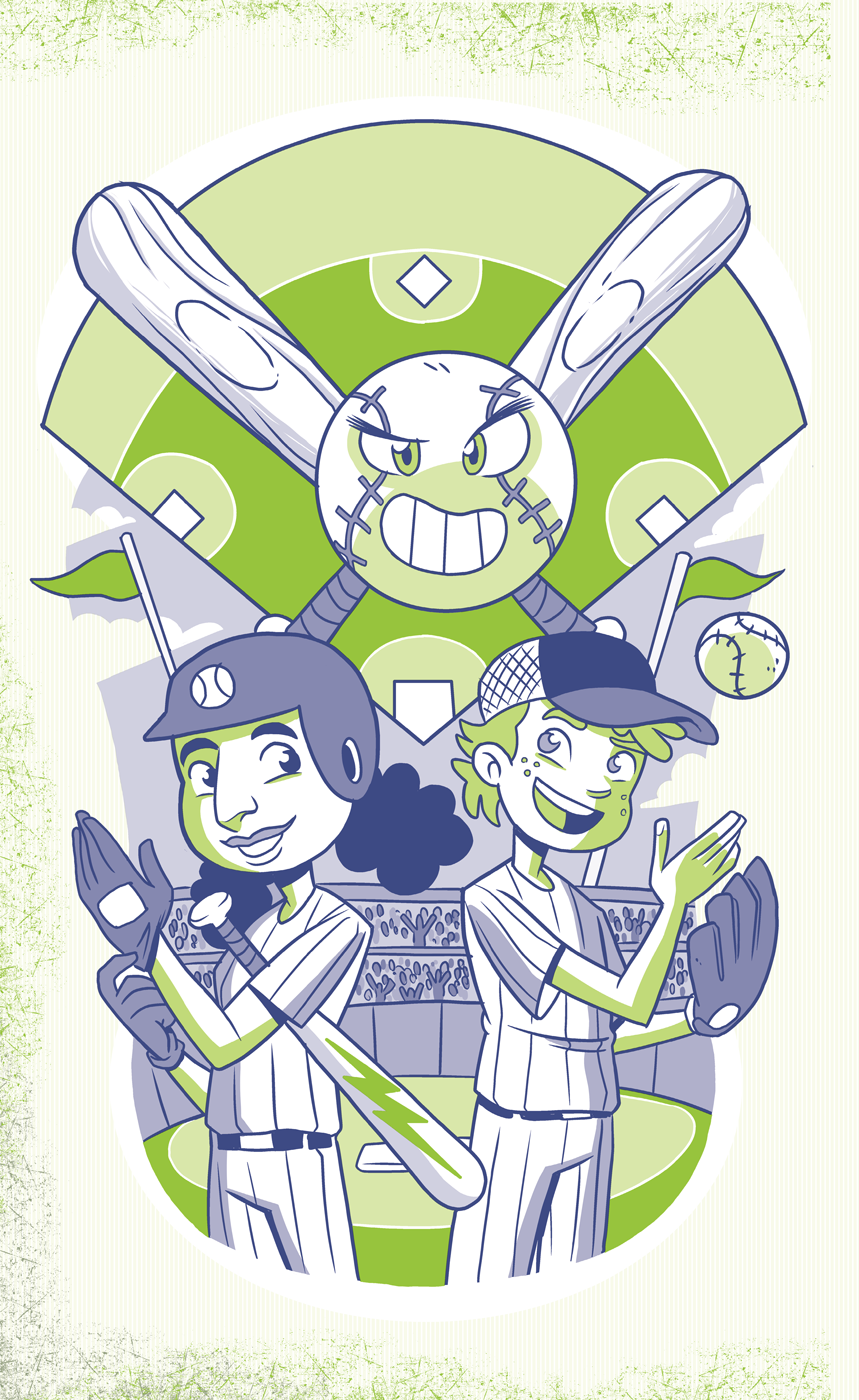
Next page


